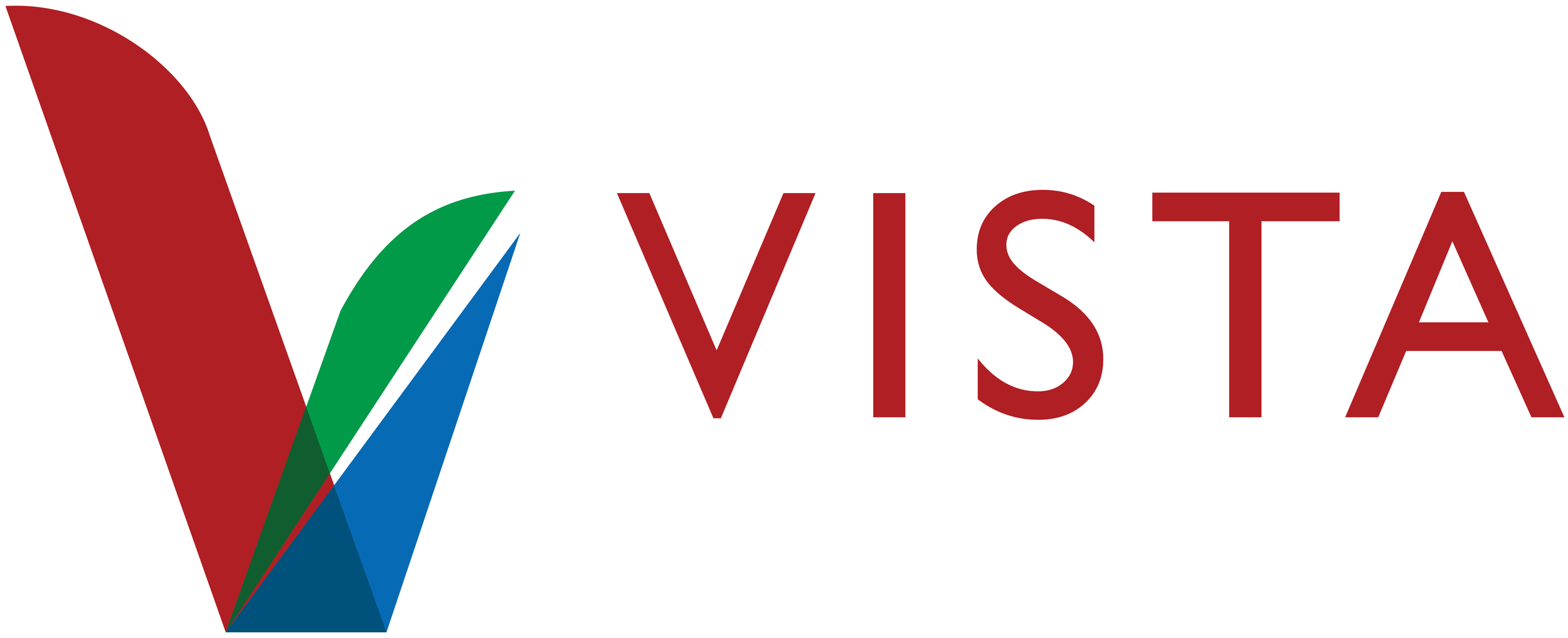Migration and Nationalism: New challenges for Europe's Christains
Nationalist and right-wing populist parties are continuing to win votes in regional, national and European elections whilst exploiting popular concern about the presence of immigrants in Europe.
In the Netherlands, the anti-Islamic Party for Freedom (PVV) of Geert Wilders won seats in Almere and the Hague on the 3rd March in addition to having three sitting members of the European Parliament. The anti-semitic Jobbik in Hungary has 3 MEPs and continues to show strongly in local elections. Italy’s Northern League (Lega Norda) has over 350 towns, 14 provinces, and has 9 MEPs. It’s pre-Christmas ‘White Christmas’ campaign targeting immigrants was widely condemned. The French National Front (FN) party of Jean-Marie le Pen took more than 20% of the vote in local Elections in March 2010. The xenophobic British National Party (BNP) has established itself locally and now claims two MEPs. In Greece, the no less racist Popular Orthodox Rally (LAOS) is now surfing the wave of the protest vote with 15 MEPs. Since 2001, the Danish People’s Party (DF), the Norwegian Progress Party (FrP), the Swedish Democrats (SD), and the Swiss Peoples’ Party are an increasingly critical influence in their regional and national politics.
Parties from Central Europe tend to target the presence of historical minorities within their own majority populations and espouse pro-Fascist ideologies from the 1930s whereas western versions target multiculturalism, immigration, and Muslims in particular. Whilst the populist parties play on fears of a multicultural morass, the political Left has been largely silent. The Churches in Europe find themselves caught up in the debate and often struggle to express a clear Kingdom perspective.
European migration
Facts that sometimes get lost in the statistical storm include the fact that in 2008, 120,000 Dutch people left their densely-populated country, 318,000 Brits left the UK, and in 2009, 165,000 Germans left Germany for other countries, encouraged by a growing number of TV programmes extolling the charms of Australia, New Zealand, the USA, and Spain. The European countries with the highest rates of emigration at present (with highest first) are Germany, Ireland, Lithuania, Poland, Latvia, and Romania whilst the preferred countries of immigration in 2009 (with most popular first) are Italy, the UK, Spain, France, Sweden, and Belgium. The March 1st 2010 edition of TIME magazine pointed out that marginalising migrants can only perpetuate the social tensions that already exist in some parts of Europe. Practical problems are immense, however, with Spain in 2008 struggling to integrate 5.3 million foreign-born residents into its total population of 46 million.
“ marginalising migrants can only perpetuate the social tensions that already exist in some parts of Europe”
Five European cities are now characterised by hyperdiversity: London, Amsterdam, Copenhagen, Hamburg and Munich. These are cities where at least 9.5% of the total population is foreign born, where no one country of origin accounts for 25 percent or more of the immigrant stock, and where immigrants come from all regions of the world. In Europe, 29 cities have a foreign-born population of over 100,000. London, Paris and Moscow have foreign-born populations of over 1 million.
In 2008, Eurostat estimated that 19.47 million non-EU citizens were living among an EU population of just over 500 million; this means that an average of 3.6% of the EU population is foreign-born. However, 56% of the non-nationals living in the EU have European citizenship from another EU member state.
Churches’ responses to migration
Church and mission agency responses have tended to focus on several areas of mission activity: establishing, supporting, and networking with migrant congregations ; promoting social and cultural integration; and providing welfare and advocacy services for asylum seekers, refugees and trafficked migrants. More recent attempts are being made to understand migration theologically and to learn from the migrant experience. Many migrants have their own active and important mission movements. For example, the Chinese Overseas Christian Mission, based in Milton Keynes, remains the most important Chinese evangelical body in Europe. Back to Europe is a coalition of Latin American agencies and individuals working alongside European Christians to ‘stimulate a mission and prayer movement to re-engage Europe with the evangelistic mission of the church.’ GATE (Gift of Africans to Europe) has similar aims.
Stories such as those of smaller Italian towns with Roman Catholic immigrant populations of up to 20%, married and with children born in Italy, are not uncommon and allay fears that Europe is fast becoming a Eurabian continent
“2010 has been declared a year of European churches responding to migration”
European churches and mission agencies are in the vanguard of those working with migrants and 2010 has been declared a year of European churches responding to migration. The experience of koinonia outlined in the New Testament will not permit social and ethnic diversity to become divisive and the most powerful testimony to a reconciling Gospel is to live that Gospel out within reconciled communities of the Kingdom. The experience of community should always move us beyond ourselves, however, to the vulnerable, needy and lost who can be found among migrants and refugees. It should also learn how it can best integrate the migrant experiences of vibrant and vital faith with its own experiences.
And, the challenge remains, as to how best address the challenges and questions posed by the nationalist and far-right populist parties. There are precious human rights and freedoms that the church must not allow to be trampled underfoot by such movements. New ways must be found to counter destructive, divisive, and racist policies that ignore the public value of key biblical and theological insights. The diversity of the early church is a powerful reminder and stimulus to better appreciating our own European diversity and framing a more adequate response in mission.
Darrell Jackson
